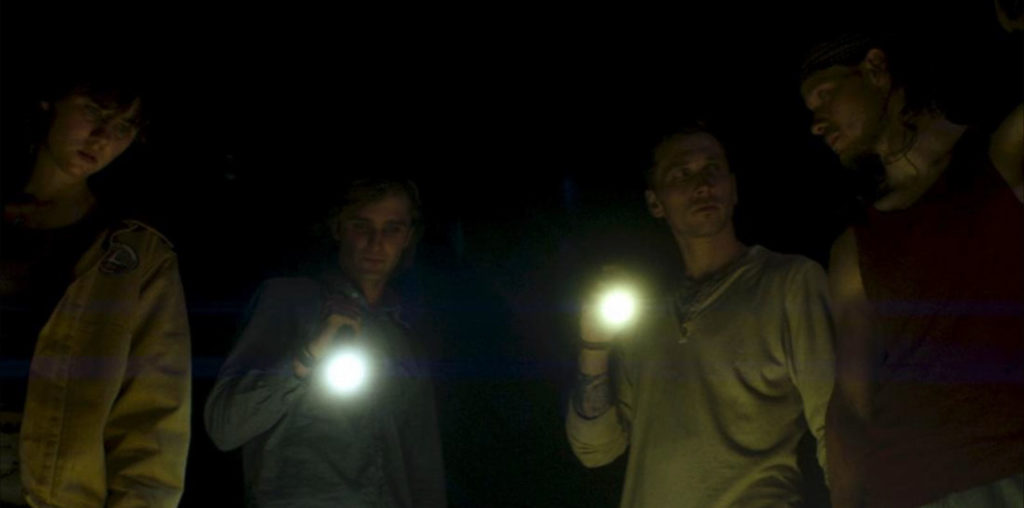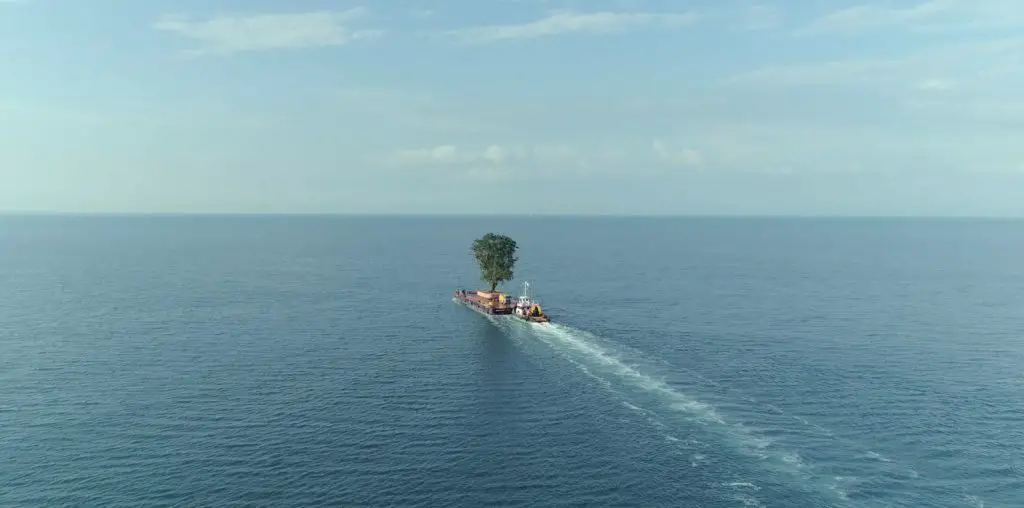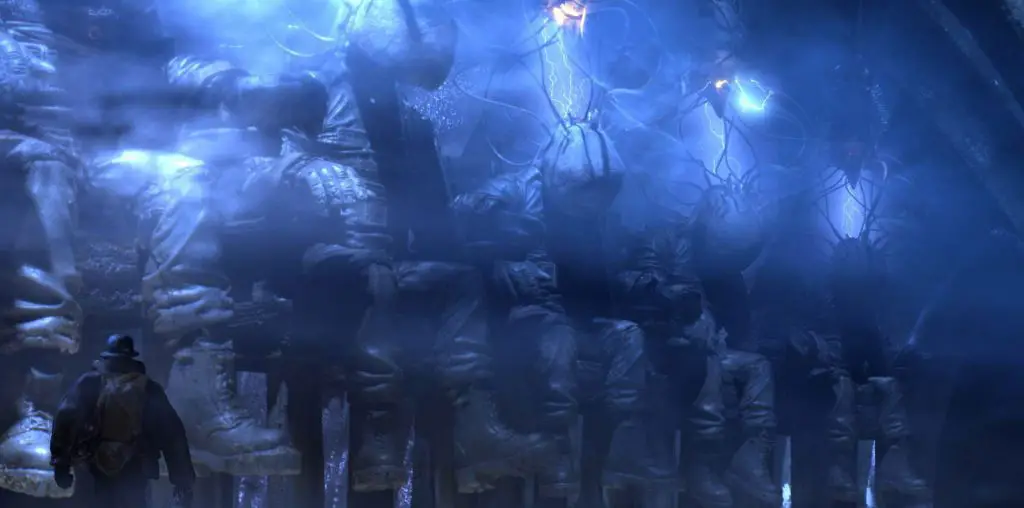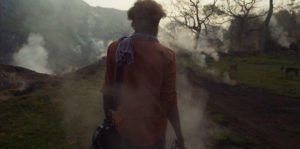
In several sequences throughout Whispers of Fire & Water, we see a stand-in camera capturing the engulfing smoke, the burning pyres of coal, the mining explosions, and water trucks unsuccessfully trying to subdue the fires across several square miles. It feels like watching a two-dimensional frame from far away long enough to take in its true intent. As Shiva walks through the fires at night, we see workers inhaling toxic fumes and gases without gear and protection from piles of burning coal. By this time, the film has indeed captured what it hinted at in the beginning, which is the hollowness in the lives of Jharia. Chatterjee also pushes us to watch Shiva closely in these stands-in frames, trying to get the best out of his expressions that resonate with the psychological implications.
Shiva clearly is not the typical heroic figure. He is just an artist, sent down on an assignment, but now questions his purpose after learning the truth. Through sight, the sounds he has recorded have found a different meaning. Is he just meant to use them for exhibitionism? Interestingly, the filmmaker is not necessarily telling this tale through Shiva’s lens. The lead is just a medium for the audiences to understand this outcast world lying within ours and surmise it even after the film ends.
The second half of Whispers of Fire & Water takes us away from mining mayhem and fires. The frame suddenly spreads to the corners of the screen. In a brilliant and effective tactic, Chatterjee had kept the aspect ratio contracted to visualize the suffocation from coal. But now, things are clearer. Cinematographer Kenneth Cyrus has a broader space to capture the lush green forests, the jungle, and the soothing waterfalls. Compared to Jharia, this scenic beauty reflects what’s being lost in the name of urban development and economic growth. Shiva, now aiming his mic at the rustling sound from trees and the echoes of chirping birds, reminisces on his work on the coalfield amidst this peaceful location.
“…has us grasp the underappreciated way of life in the middle of nature.”
Here, Chatterjee has us grasp the underappreciated way of life in the middle of nature. Living among the beauty and mystique of mother nature, the locals, though seeking development and growth, are scared of losing what they have. Besides the direct impact of unhealthy and unsustainable coal operations, there is a consequent lack of facilities and the constant threat of nature’s impoverishment, which is left unchecked and unseen.
While not a direct influence, Ben Wheatlety’s In The Earth does cross one’s mind while navigating the second half. Chatterjee emphasizes the essential need to preserve forest life and livelihood for sustainable and spiritual balance in the country by treating nature as a mystical and spiritual force. The invasion of development and progression that carries a modern transition threatens and pushes back a significant cultural habitat. Sougata Banerjee’s sound designs bring life to that spirituality through Shiva’s audio-installation art.
Chatterjee is as ambitious and creative as he is complex with Whispers of Fire & Water. Disguising a multilayered social commentary through a perfectly synchronized sight and sound spectacle, the writing and direction offer a voice to the voiceless. “They’ll have to do something to feed their families.” We hear this quote in the film once. This drama questions whether suffering devastation in silence is an ethical survival means. The two elements are in race to define the future of a community and a lasting way of life and livelihood. It’s about which whisper will last.
Whispers of Fire & Water screened at the Locarno Film Festival 2023.
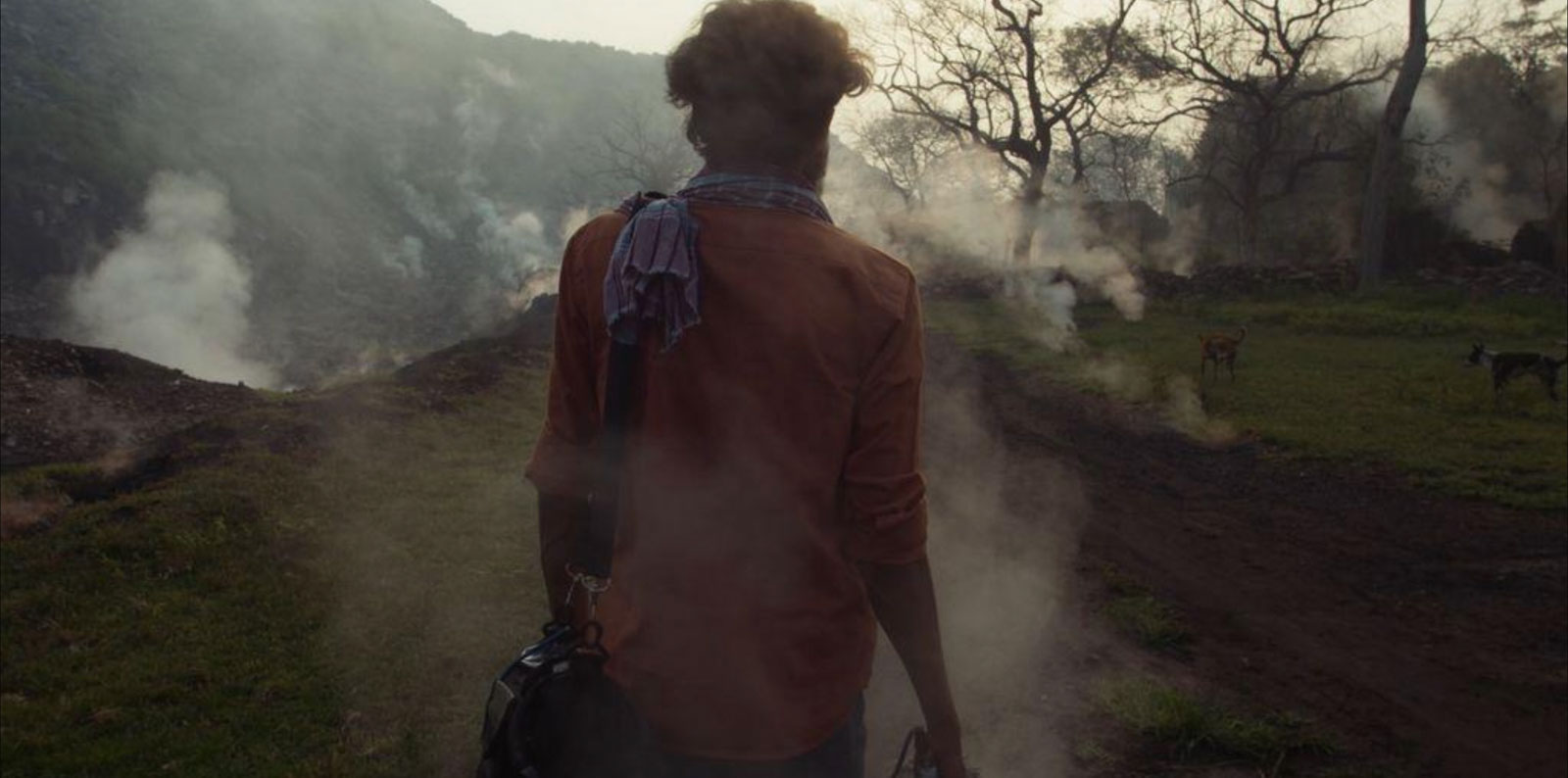
"…as ambitious and creative as he is complex..."
